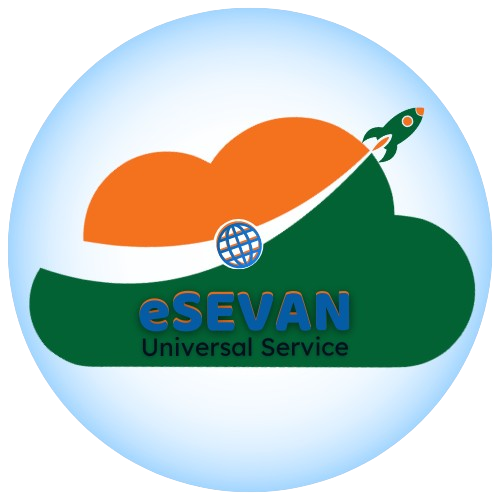Financing and Flexibility in the Pradhan Mantri Jan Arogya Yojana (PM-JAY)
Financing of the PM-JAY Scheme
Funding Structure:
- The Pradhan Mantri Jan Arogya Yojana (PM-JAY) is fully funded by the Government of India, with costs shared between the Central and State Governments.
- A national ceiling amount per family is established by the Government of India, determining the maximum limit of the central contribution.
- The actual premium for PM-JAY is determined through an open tendering process or by the maximum ceiling set by the Government, whichever is lower. This premium is shared between the Central Government and States/UTs according to directives from the Ministry of Finance.
- Administrative costs for implementing the scheme at the state level are also covered and shared in the same ratio.
To get the offers, advertisements and news of your establishments directly to the masses (more than 52 thousand people) through website, Facebook, WhatsApp, Instagram, YouTube, Twitter and Telegram contact- 🪀9778362400
Current Sharing Ratios:
- The existing cost-sharing pattern is 60:40 for states (excluding North-Eastern states and three Himalayan states) and Union Territories with legislatures.
- For North-Eastern states and the three Himalayan states (Jammu and Kashmir, Himachal Pradesh, and Uttarakhand), the ratio is 90:10.
- For Union Territories without legislatures, the Central Government may provide up to 100% funding on a case-by-case basis.
Payment Models
Insurance Model:
- A flat premium is paid per family, irrespective of the number of members, to the State Government, which in turn pays the insurer based on the number of eligible families.
Assurance Model:
To get the offers, advertisements and news of your establishments directly to the masses (more than 52 thousand people) through website, Facebook, WhatsApp, Instagram, YouTube, Twitter and Telegram contact- 🪀9778362400
- The central share is paid based on actual claims costs or the established ceiling, whichever is lower. If a state employs an Implementation Support Agency (ISA), the costs determined through tendering are also shared.
Expansion of Coverage by States Under PM-JAY
- Various states have implemented their own health insurance schemes, primarily covering tertiary care, often confined within state boundaries.
- Most states operated independently of the earlier RSBY scheme due to a lack of flexibility in its design, leading to inconsistencies in eligibility criteria and databases.
Objectives of PM-JAY:
- Ensure comprehensive coverage for catastrophic illnesses.
- Reduce catastrophic out-of-pocket expenditure and improve access to hospital care.
- Reduce unmet healthcare needs and converge various state health insurance schemes.
- Establish national standards for a health assurance system with national portability of care.
Flexibility in PM-JAY Design
In the spirit of cooperative federalism, PM-JAY incorporates several flexible design features to accommodate state-specific needs:
- Mode of Implementation: States can choose their implementation model (Trust, Insurance company, or Mixed model).
- Beneficiary Data Usage: While PM-JAY uses SECC data to target beneficiaries, states can utilize their own datasets if covering more families than defined by SECC, ensuring that all eligible SECC families are included.
- Co-Branding: States can co-brand their existing health insurance schemes with PM-JAY.
- Expansion of Coverage: States can cover more families than the SECC-defined numbers, with additional costs borne by the states.
- Higher Benefit Cover: States can expand the benefit cover beyond ₹5 lakh per family annually, with the cost of additional coverage borne entirely by the state.
- Package Numbers and Pricing: Although PM-JAY covers over 1300 packages at fixed prices, states can expand the number of packages and adjust prices within limits based on local healthcare needs.
- Reservation of Packages for Public Hospitals: Certain services are reserved for public health facilities to prevent misuse by private providers, with states able to revise this list.
- IT Systems: States can continue using their own IT systems while sharing data with the National Health Authority (NHA) in a specified format.
- Payment to Public Hospitals: States may deduct a percentage from the claims amount paid to public hospitals to manage costs effectively.
Conclusion
PM-JAY aims to create a robust and flexible health insurance system that not only provides essential coverage to the underserved populations but also allows states to tailor the scheme according to their specific healthcare needs and challenges. The collaborative funding model ensures shared responsibility between the central and state governments, fostering a more comprehensive approach to health care across India.
To get the offers, advertisements and news of your establishments directly to the masses (more than 52 thousand people) through website, Facebook, WhatsApp, Instagram, YouTube, Twitter and Telegram contact- 🪀9778362400
